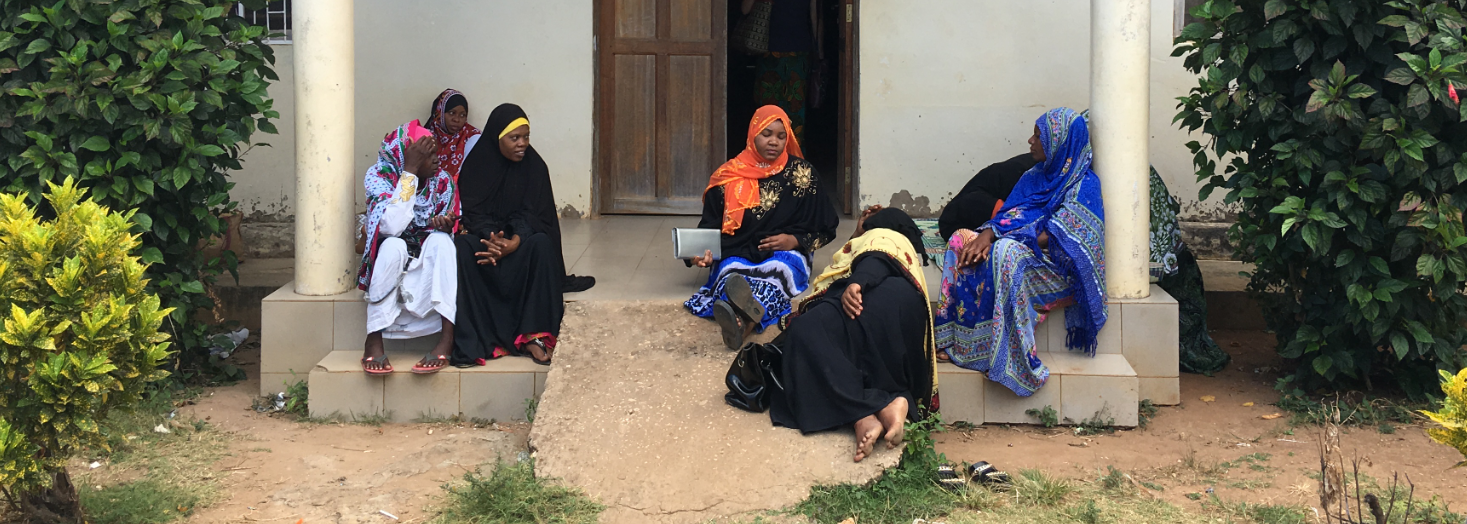improves mother and child care in Afrika

Upon seeing the rented car, doubtful expressions immediately appear on our faces. However, the driver seems unfazed by our concerns and haphazardly secures a portion of the luggage on the roof. Even before we get in, the car seems to be sinking at the rear wheels. While Toyotas are known for their durability, can we conquer the mountains with seven people, including baggage?
Squeezed together, we travel in a straight line from the north to the south of Tanzania. For those with a view of the windshield, a beautifully changing landscape unfolds as we pass numerous small villages. Soon, a mountain range, the Usambara Mountains, emerges on our left, our workplace for the next few days.
It's quite an intensive road trip before we leave the plains and snake through the mountains via unpaved winding roads. The vistas behind every new curve are truly breathtaking. When it turns out our car can't safely take the short route and we're condemned to the long one, morale drops somewhat; nobody had counted on a few extra hours packed like sardines.
However, this situation helps us empathize with pregnant women in this area. Those who have to give birth here must travel these distances to reach a clinic and often rely on worse transportation than ours. In the rainy season, the hairpin turns quickly turn into mudslides. This area aligns perfectly with our foundation's mission: improving maternal care in rural areas.
The closer we get to our destination, the more we see of local life. The region is one of the most densely populated rural areas in Tanzania, thanks to the fertile mountain slopes where terraces, primarily worked by women, extend to high altitudes. The Usambara Mountains truly are the country's garden, with lush greenery and thriving vegetables during our visit.
We stay just below 2000 meters in altitude. In good weather, we should be able to see Mount Kilimanjaro, but unfortunately, it eludes our sight again. The next morning, as we take a village stroll, a dense mist settles in. After a few hills up and down, we are already out of breath. For the many women working in the fields, including the pregnant ones, this is a daily routine.
A local guide tells us about village life, the medicinal properties of plants, the impact of colonial activities on biodiversity, the ceremonies of medicine men, local farming methods, and much more. We visit a cooperative of women practicing local pottery techniques and are impressed by the fragrant array of colors of vegetables, herbs, and spices at the market.
The houses are small, humble, often made of branches and clay. Large families usually live together, with or without their livestock under the same roof. Children start working from a young age: we see them along the way, sometimes in school uniforms, carrying half-trees on their heads. Before we know it, we find ourselves in the middle of a procession of schoolchildren singing their way to the mosque for the celebration of the birth of the Prophet Mohammed. Most people in this region are Muslim, as evident in the streets: most girls wear headscarves from a young age.
Even the mascot of the Usambara welcomes us: the famous but sadly endangered two-horned chameleon happily walks across Lucie's arm. The creature's body takes on the exact same color pattern as her sweater. After this impressive display of blending, it's time for us to immerse ourselves in local healthcare. More on that in our next blog!




